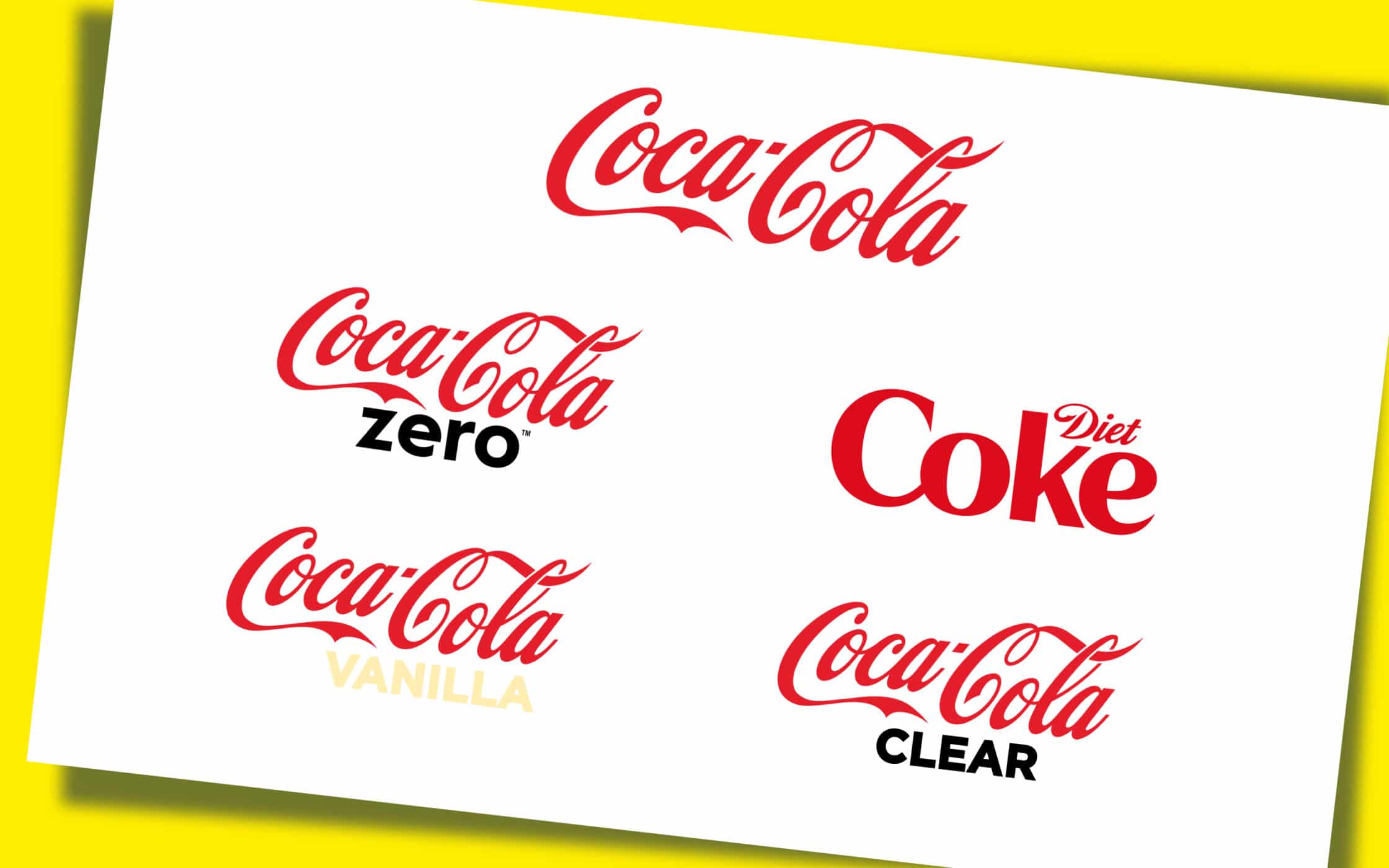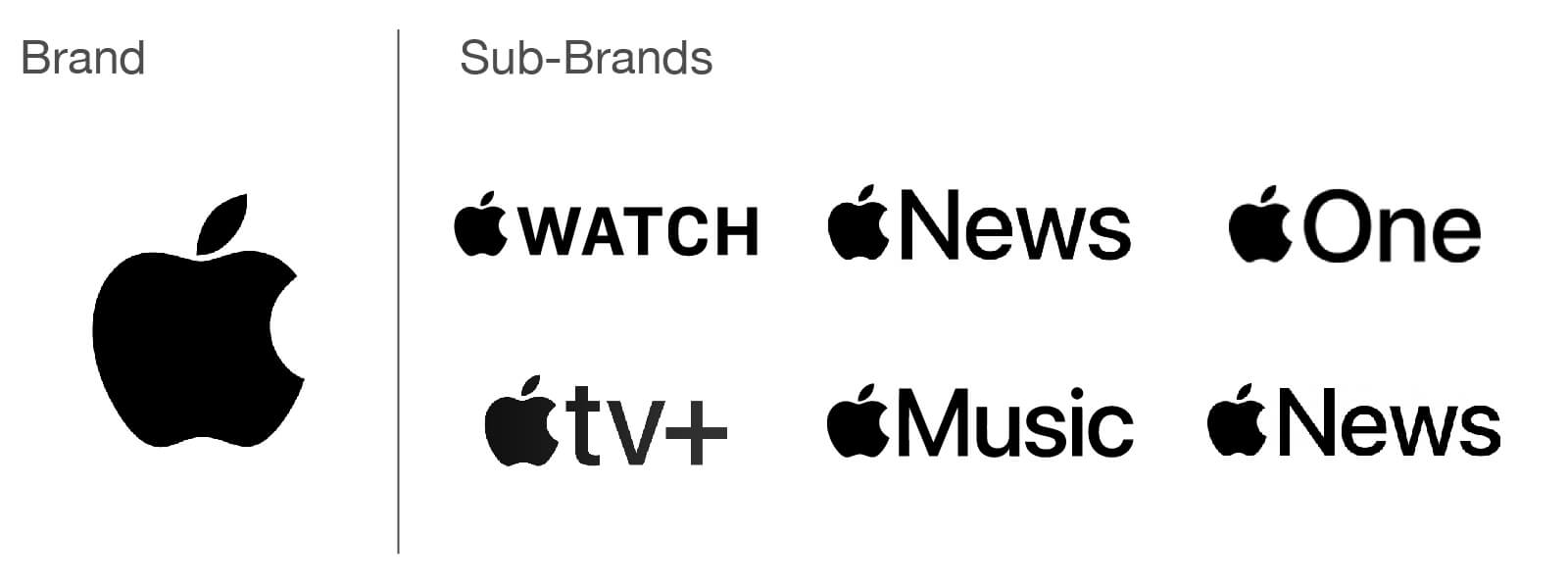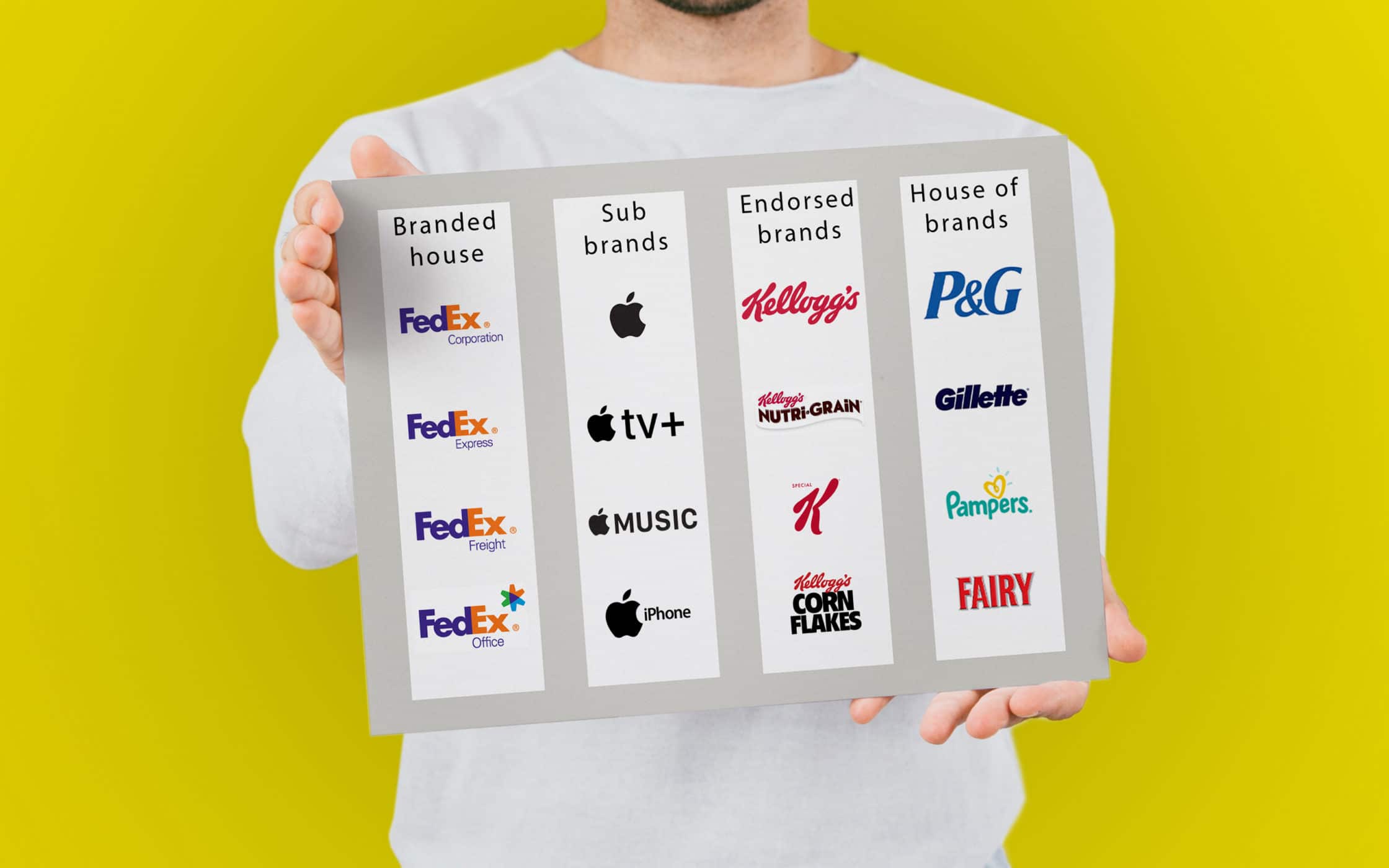
Brand Architecture Chart four of the most popularized and widely used
The Rise of Sub-Brands Sub-branding is a lesser-known, yet equally as important, subdivision of a branding strategy. In an article from Brand Marketing Blog, "If you are a brand builder, then often there is more than one brand that you are building: the brand of your business and the brands of your products."

On the Way... 000500 Brand and Sub Brand
Converting all your sub-brands independently versus rolling them up into a master brand. Implementing a gradual transition strategy (e.g. a hybrid brand or endorsement approach) to introduce your new brand to stakeholders over time. Spreading the impact of your rebrand out over multiple years versus implementing a fast rollout.

What Is Sub Branding? Breaking Down Brand Architecture
A sub-brand is essentially a brand within a brand. It's a subsidiary of the main brand, but it has its own unique identity and positioning in the market. Some examples of well-known sub-brands include: Toyota's Lexus brand for luxury vehicles Nike's Jordan brand for athletic shoes and apparel Coca-Cola's Dasani brand for bottled water

Branding strategy how to define the right brand architecture? Enigma
Sub branding is just what it sounds like - when you have a brand, and you create at least one other brand underneath it. This is especially common in large consumer goods companies. One parent brand houses a ton of sub brands that offer their own unique line of products.

https//www.google.co.uk/blank.html Brand architecture, Endorsed
Sub-brands The sub-brands architecture is closer to a branded house strategy, in that the masterbrand most often acts as a key driver. In some cases both the masterbrand and sub-brands are considered co-drivers, but the sub-brand is never stronger than the masterbrand.

What Is Sub Branding? Breaking Down Brand Architecture
3. How will the sub-brand impact the customer journey? Strong brands make customers' lives easier by streamlining the decision making process. Marketing guru Neil Patel sums this concept up well when he states, " [People] want a brand to be loyal to. It's a mental shorthand that makes decisions easier and faster.".

What Is Sub Branding? Breaking Down Brand Architecture
No, a sub-brand may give the illusion that it lives independently from any other brand or it may purposefully tie itself to a master brand. Whichever world in which a sub-brand lives, it is quite simply a smaller part of a greater whole. While sub-brands are pretty standard for consumer brands, they aren't as common for professional services.

The Best Sub Brands Diving Beneath The Surface With Sub Brands
Brand architecture is a study of how brand architectures are applied in organisations. There are four types of brand architecture: contextual, individual, strategic, and relational. Contextual refers to how organisations arrange their brands concerning their actual product portfolio.

What is a SubBrand and Should You Create One? Absolute JEM
Sub-brands are often referred to as "spin-off" concepts. They are still related to a company's original purpose, but they embrace their own identity. Sub-brands possess unique values and personalities. When implemented correctly, they attract new audiences and revenue streams. Sub-brands are not new concepts for companies or branding agencies.

Brand Architecture Examples Of Sub Brands & Models In 2021 in 2021
Sub-brands help you stay true to your core offering, and yet allow a divergence into new market segments. Here are a few benefits of sub-brands: Differentiator If your brand has its reputation built on a specific product, a sub-brand helps your customer differentiate one product from the other. Example: Alexa, the voice-controlled smart speaker.

Brand Architecture Types & Best Examples (Famous Brands)
The sub-brands boost the master brand through consistent visibility, and the corporate brand benefits from this widespread exposure as overall brand equity increases. The visual unification and clarity reduce the confusion for consumers. They associate a sub-brand automatically with the qualities of the overarching master brand.

5 Tips To Create Strong SubBrands
Sub-branding is when a company creates a separate but related brand that possesses similar qualities to the parent brand but typically has its own logo, standards and products and services. Sub-brands also typically maintain the same color palette, messaging, imagery and marketing strategies.

What is a subbrand and how do I use one?
A sub brand is an extension or subsidiary of your main brand that has its own name, identity, and positioning. A brand extension is when you launch a new product or campaign under your main brand. Do small businesses need sub brands? Now, if you're a solopreneur or have a small business, you might be wondering if having a sub brand is worth it.

The Importance of Brand Architecture for Your Sub Brands
Sub-branding is when a main brand creates a subsidiary or secondary brand. (For example, Diet Coke or Nacho Cheese Doritos). Sub-brands are typically created as an opportunity to reach a new audience. Sub-brands can then build and sustain relationships with the new audience. This new brand's attributes are distinct, yet related to the main brand.

The Best Sub Brands Diving Beneath The Surface With Sub Brands
Sub-branding is when a business creates a secondary brand within its own brand. The secondary brand usually has its own distinct voice and personality. This can help the business target a specific market or reach a new audience. While this brand is distinct, it still relates to the parent brand.

What’s the Structure of Your Brand? 5 by 5 Design
Sub brands definition: What is sub branding? Do you know the difference between an Audi, a Porsche and a Volkswagen? All these organisations come from the same parent brand, complete with shared parts and engineers.